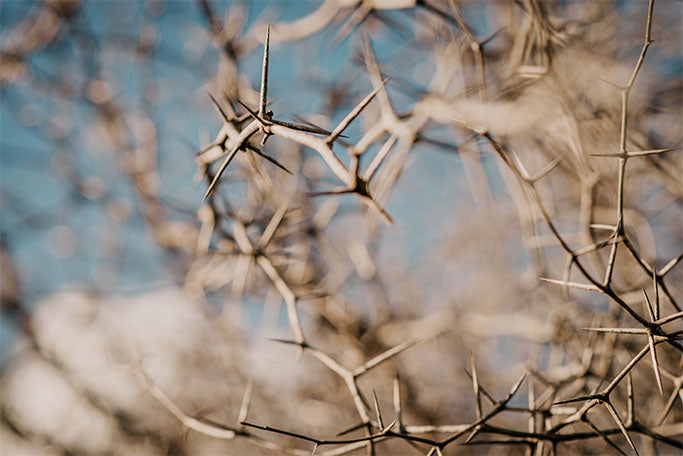KILLER KIAWE : Long thorn Kiawe
April 22, 2023 – Haylin Chock

Aloha nō! To next installment of our KISC X WIO Collab.
This week we introduce you to the infamous Long Thorn Kiawe (Prosopis juliflora). LTK has been detected on the south and west sides of Kauaʻi. Unlike other species of Kiawe that are sharp nuisances in our slippers, LTK has some potential to cause severe damage to humans and our native sea birds. This species is considered invasive and is on the Hawaii State Noxious Weed List. It grows in dense thickets, crowds out native coastal plants, prevents beach access, and is armed with 3-inch long toxin-tipped thorns (common kiawe grows into a tree and has thorns that are either absent or less than 1 in long).

Although this species is mainly found in coastal areas and prefers drier climates, this plant is incredibly resilient. LTK can produce multiple seed pods that tolerate saltwater, are drought resistant, persist in the soil for decades, and are carried by water and animals. Despite its relative value as cattle fodder, it infringes on pastureland where it is introduced and can impact pasture land. LTK has been detected on the beaches of Kipu Kai, Mahaulepu, Barking Sands, Wailua, Kapaa, and the area between Waimea Bridge and Kekaha. KISC is working with HDOA to control small populations at various locations on Kauai. Our crew’s efforts have been successful with most areas now only being monitored for occasional re-growth or new sprouts.


0 comments